A plant-based salt called “Green Salt” has 50% less sodium than regular salt. A salt substitute made of plants from Baja California. This green salt, which is likewise green in color and bears the name “Green Salt,” has less sodium than conventional salt. You get the same salty flavor yet it’s healthy for your heart. The Noriega family, who have been cultivating Salicornia for 20 years, produces green salt in Baja California, Mexico.
Salicornia (Glassworts) is dehydrated and ground into a powder to make green salt. A vegetable that grows beside the sea is called salicornia. It belongs to the same family as amaranth and quinoa.
In scientific investigations, salicornia has demonstrated preventive properties against high blood pressure (Food and Function Journal 2015). A halophyte is a plant that can survive in saline environments, such as salicornia.
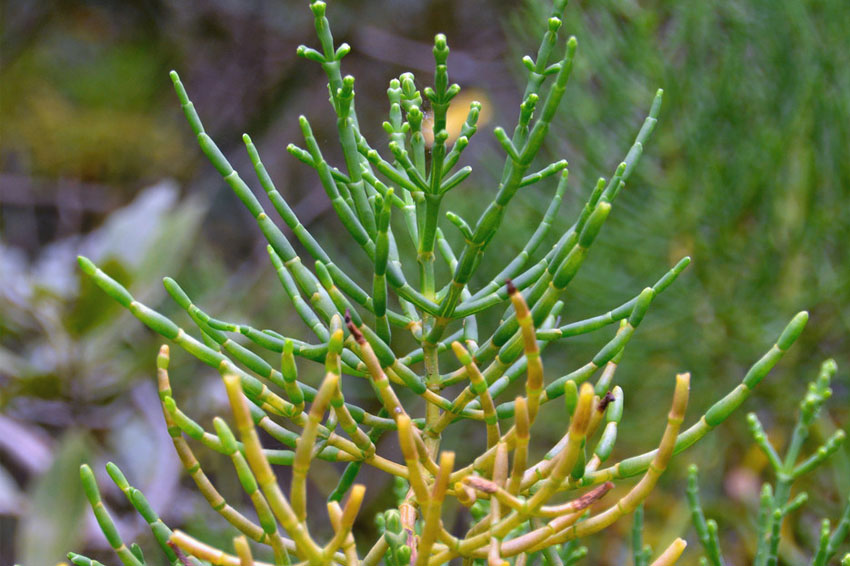
A salicornia plant
The salinity of salicornia is due to the variety of minerals it contains. It is a nutrient-dense superfood with known anti-inflammatory and hypotensive qualities. Other names for it include pickleweed, glasswort, hamcho, samphire, and—possibly most frequently—sea beans or sea asparagus. It organically grows in marshes and saline coastlines all over the world.
Salicornia has been produced and consumed for generations in Europe and Asia, particularly in Korea, despite the fact that it is not very commonly accepted outside of upscale cocktail lounges and fine-dining establishments in the United States. It is often consumed raw, cooked, or pickled, and is prized for its savory, crunchy texture, salty flavor, and nutrient content.
Green Salt has a delicious and salty flavor. It has an unpleasant flavor that some people associate with fish. The concentration of chlorophyll is what gives it its green hue.
Application for Green Salt
The manufacturers of Green Salt claim that it may be used in place of ordinary salt in both baking and cooking. To attain the same degree of saltiness in your meal, you might need to use twice as much green salt as conventional salt due to its lower sodium content.
Even though Green Salt can be used in place of ordinary salt. This seems to be due to the fact that anything cooked with green salt may become somewhat green, and the salt may not entirely dissolve depending on the food you’re creating.
To use green salt is to just sprinkle it on top of aromatic basmati or rice like Carolina Gold. Because to its pungent character, it also goes very well with seafood.
Just like sea salt, use green salt. It makes any food more flavorful and salty. Green Salt makes plant-based cooking extra delectable.
What is the Difference?
Other salt alternatives with low sodium content contain potassium chloride, which has a harsh flavor and can be dangerous to people who already have renal issues. The flavor of green salt is salty without being bitter.
Additionally, those with renal impairment can consume potassium without risk (10mg for every 1.5g).
Is Green Salt Beneficial for You?
As opposed to ordinary salts like kosher and sea salts, which contain 40% sodium by weight, green salt has 50% less sodium. Consequently, adopting green salt in place of ordinary salt may be better for you if maintaining a low-sodium eating pattern is essential to you.
How Durable is Green Salt?
The Noriega family claims that the farm where Green Salt is made is entirely organic. On soil that is not suitable for growing other crops, they plant salicornia. In addition, they cultivate their produce using saltwater rather than freshwater.
Salicornia is a naturally eco-aware product since fresh water and arable land are becoming increasingly scarce. The gathered Salicornia is dried using solar energy, and the salt is packed as often as feasible in recyclable or biodegradable materials.
Green Salt could be an effective substitute for people trying to cut back on their table salt intake.
Conclusion
For those wishing to consume less sodium while protecting their cardiovascular health, green salt is the ideal solution. It might be opportune to sample Green Salt and broaden your salt horizons. It may be used as a straight substitute for salt in recipes, but because it has less sodium, you might need to use twice as much to get the same amount of saltiness.
Additionally, be aware that Green Salt may give your meal a subtle green tinge depending on the recipe. Experts advise reserving it just for use as a finishing salt if you wish to prevent that.
If you’re curious to give it a try, experts suggest adding some green salt to this salmon rice bowl or this cauliflower rice that has been infused with herbs.
Thumbnail Credit: bublikhaus

Anvi has done Bachelor’s and Master’s in Nutrition and Dietetics. She’s planning to do a Ph.D. in Public Health Nutrition moving forward.










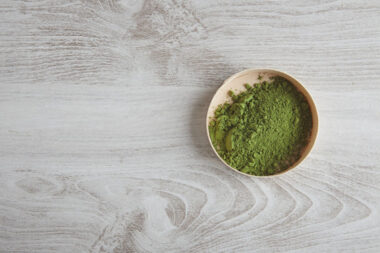














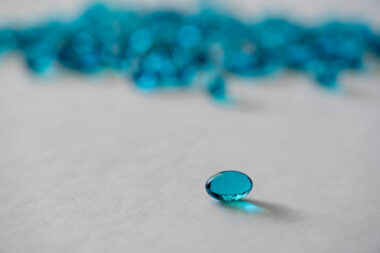



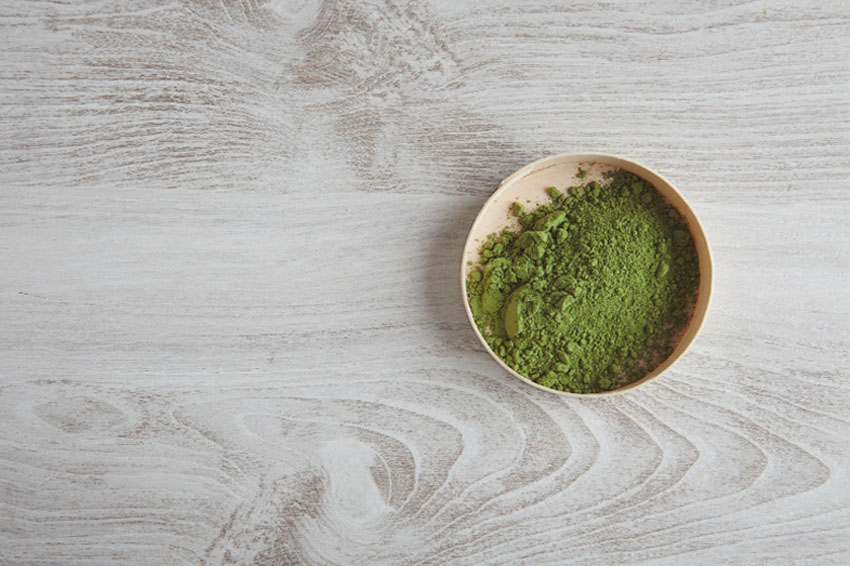



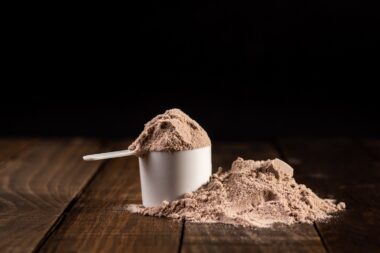
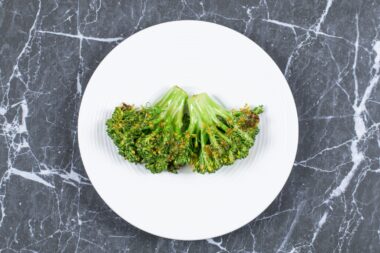




Leave a Reply